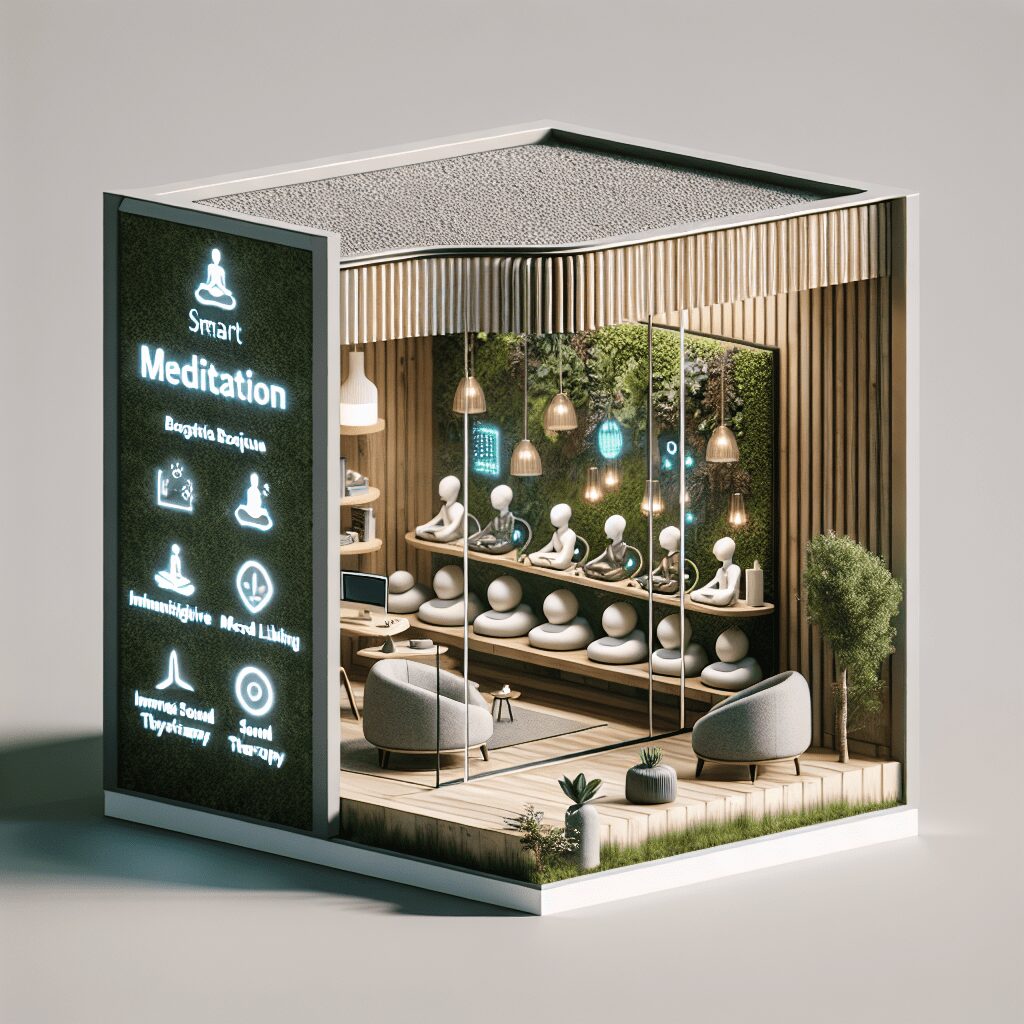
Prioritize your mental well-being daily. Enhance your life by nurturing your mental health with the Smart Meditation app. Break free from stress, alleviate anxiety, and enhance your sleep quality starting today.
How To Stop Automatic Anxiety From A Specific Stimuli?
Tackling the Beast: Understanding Automatic Anxiety
In the grand theater of life, some acts bring us to our feet in applause, while others have us bolting for the nearest exit. For those moments that trigger an automatic flight response—a rapid heartbeat, sweaty palms, the overwhelming urge to flee—it’s crucial we take a closer look backstage. Automatic anxiety, or what might seem like your psyche’s own booby trap, springs into action at the sight, sound, or thought of specific stimuli. But here’s the kicker: it’s possible to stage-manage this involuntary performance, turning distress into a more manageable experience.
The Strategy Room: Disarming the Triggers
First things first, identifying the rogue actors—those triggers that set your anxiety into overdrive—is paramount. It’s akin to shining a spotlight in the dark corners of the stage, understanding exactly what sends you into a tailspin. Once illuminated, the game plan involves a mix of cognitive maneuvers and lifestyle adjustments. Here’s how you can turn the tides:
-
Mind Gymnastics: Psychoeducation is your front-row ticket to understanding the why’s and how’s of your reactions. Knowledge, in this scenario, is not just power—it’s empowerment. Cognitive Behavioral Therapy (CBT), especially, can be a game-changer, teaching you to rewrite the script of your own thought patterns.
-
Breathing with a Purpose: Master the art of deep breathing. It might sound like a piece of cake, but when the anxiety curtain rises, remembering to breathe can be as tricky as reciting Shakespeare backward. Techniques such as the 4-7-8 method—inhale for 4 seconds, hold for 7, and exhale for 8—can be an anchor in stormy seas.
-
Systematic Desensitization: This is the slow dance with your fears. It’s about gradually exposing yourself to the anxiety-inducing stimuli, but in such a controlled manner that it resembles dipping toes into water rather than a cannonball dive. Each exposure increases your tolerance and decreases the anxiety response, essentially reprogramming your automatic reactions.
-
Lifestyle Encore: Never underestimate the power of the encore. A balanced diet, consistent exercise, and ample sleep are like the encore that keeps giving, building resilience against anxiety’s harsh critiques.
-
The Power of “Now”: Embrace mindfulness and meditation. By anchoring yourself in the present moment, you’re less likely to be whisked away by the what-ifs staged by anxiety. It’s about observing without judgment, allowing thoughts and feelings to be part of the audience without letting them steal the show.
-
The Ultimate Backup: Sometimes, the role is too demanding for a solo performance, and that’s okay. Seeking support from a therapist, counselor, or support group isn’t a sign of a failed solo act; it’s a strategic collaboration for a better outcome.
Encore: A Symphony of Strategies
In essence, halting automatic anxiety in its tracks is less about a single standing ovation and more about an ongoing symphony of strategies. It’s a blend of self-awareness, proactive skill-building, and sometimes, reaching out for a guiding hand. By approaching this journey with patience and perseverance, you might just find yourself center stage, directing the show rather than reacting to it. The performance of life is unpredictable, but with the right tools and mindset, the spotlight is yours to command.





